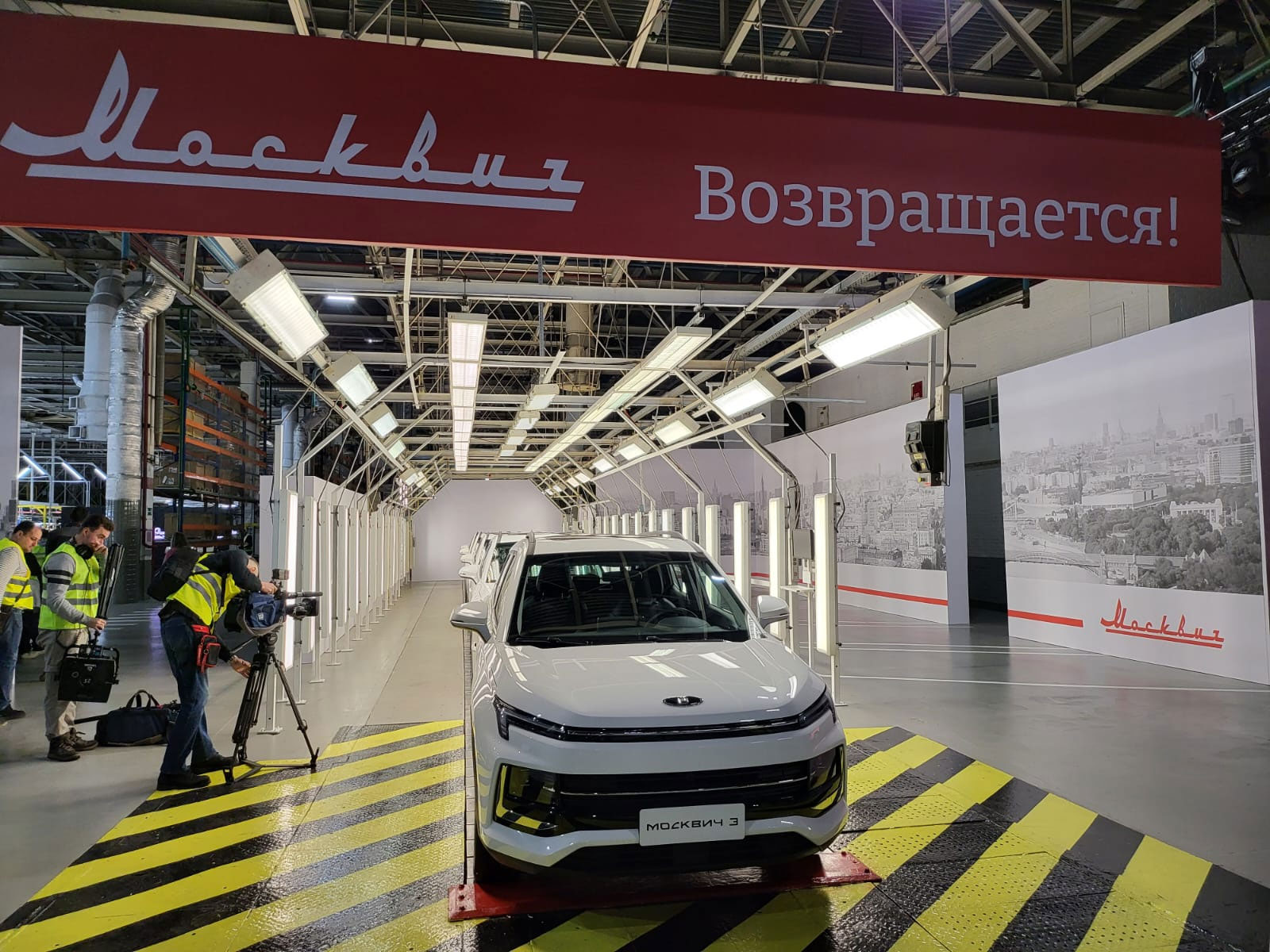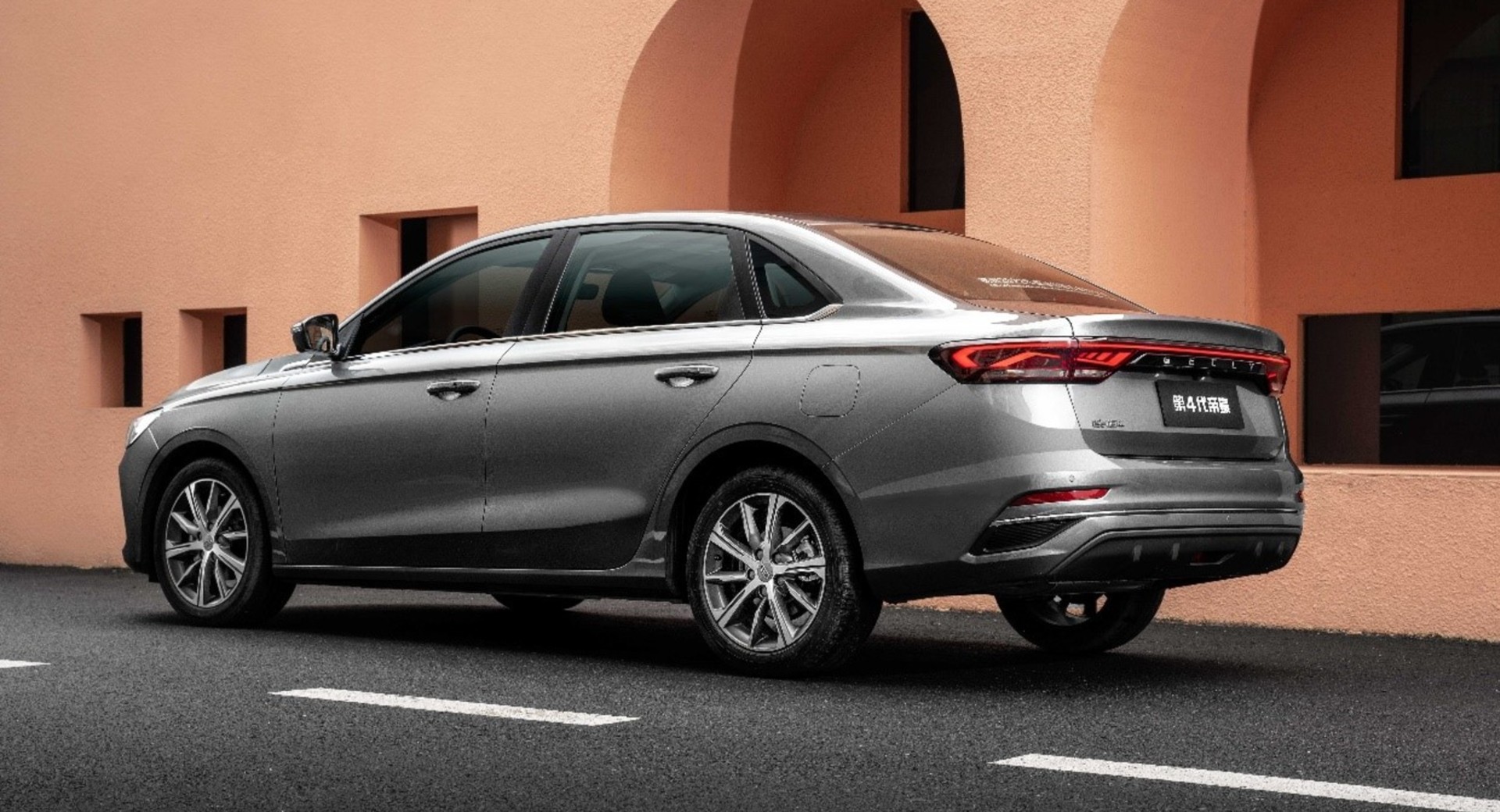Chinese cars could account for 35 per cent of Russian sales next year
Sales of Chinese-made vehicles have grown rapidly throughout Russia this year following the exodus of many Western car manufacturers since the war in Ukraine broke out.
In January 2022, Chinese brands had a 9.6 per cent share of Russia’s car market. This figure has steadily increased throughout the year, jumping to 21 per cent in June, 27 per cent in September, and hitting 31.3 per cent by the end of November.
A total of 46,403 new passenger car and LCVs were sold in Russia in November of which 16,138 units came from China. Data from the Association of European Businesses says that total new car sales in Russia are expected to hit around 600,000 for 2022.
“There is little production of Western car brands and few imports, so the market is divided between the Russian and Chinese car industries,” noted Russian automotive analyst Vladimir Bespalov.
Both Russia and China are eager to fill the void left behind by Western automakers. This is most evident with the recent introduction of the Moskvich 3, an SUV set to be offered in combustion and all-electric guises and built at the Russian factory previously operated by Renault. The Moskvich is a rebadged version of China’s JAC JS4 but the company behind the SUV, KAMAZ, says it aims to increase the number of locally-sourced parts used by the SUV starting in 2024 and plans to eventually build an EV using Russian components and its own universal vehicle platform.
Bespalov believes Chinese carmakers could account for around 35 per cent of Russian sales next year and expects some 800,000 vehicles to be sold in 2023.
Sales of Chinese-made vehicles have grown rapidly throughout Russia this year following the exodus of many Western car manufacturers since the war in Ukraine broke out.
In January 2022, Chinese brands had a 9.6 per cent share of Russia’s car market. This figure has steadily increased throughout the year, jumping to 21 per cent in June, 27 per cent in September, and hitting 31.3 per cent by the end of November.
A total of 46,403 new passenger car and LCVs were sold in Russia in November of which 16,138 units came from China. Data from the Association of European Businesses says that total new car sales in Russia are expected to hit around 600,000 for 2022.
Reuters notes that Russian-built vehicles primarily suit those with smaller budgets topping out at around 1.5 million roubles ($23,961) while vehicles from China suit buyers looking to spend in excess of 2.5 million roubles ($39,897).
“There is little production of Western car brands and few imports, so the market is divided between the Russian and Chinese car industries,” noted Russian automotive analyst Vladimir Bespalov.
Both Russia and China are eager to fill the void left behind by Western automakers. This is most evident with the recent introduction of the Moskvich 3, an SUV set to be offered in combustion and all-electric guises and built at the Russian factory previously operated by Renault. The Moskvich is a rebadged version of China’s JAC JS4 but the company behind the SUV, KAMAZ, says it aims to increase the number of locally-sourced parts used by the SUV starting in 2024 and plans to eventually build an EV using Russian components and its own universal vehicle platform.
Bespalov believes Chinese carmakers could account for around 35 per cent of Russian sales next year and expects some 800,000 vehicles to be sold in 2023.


